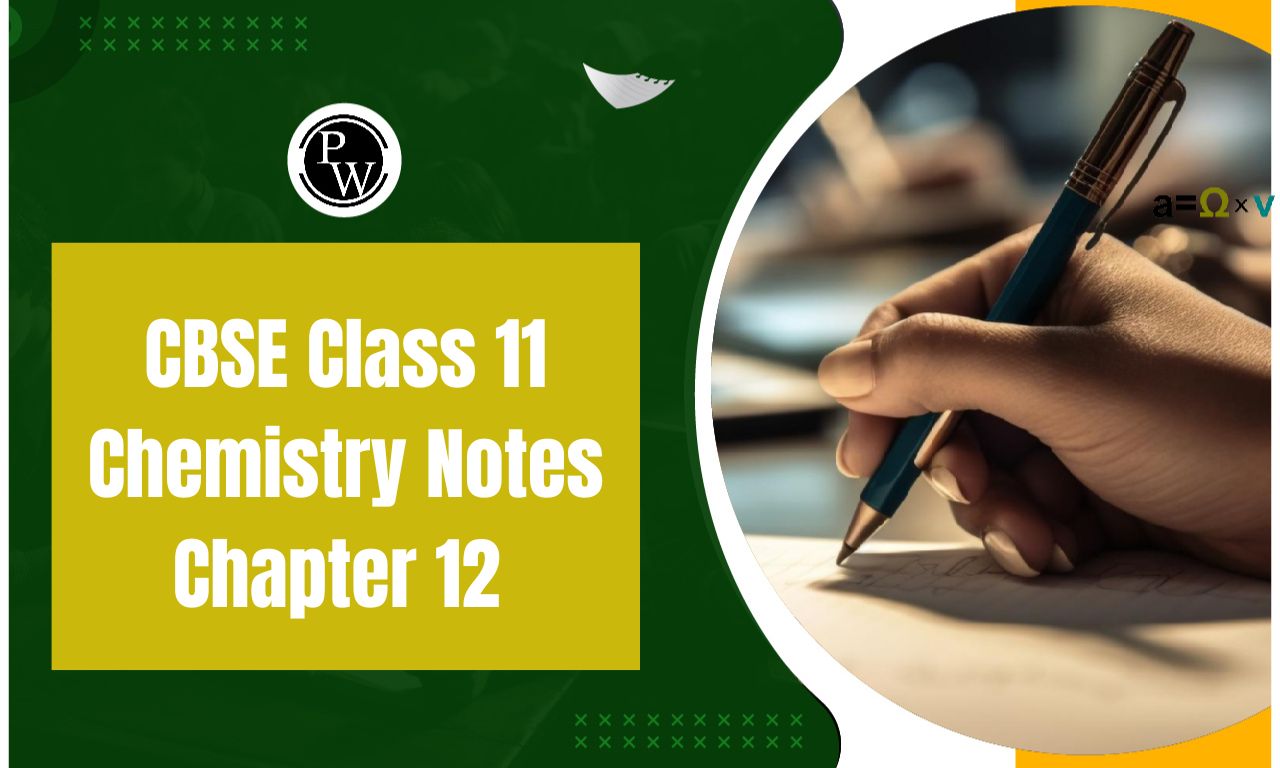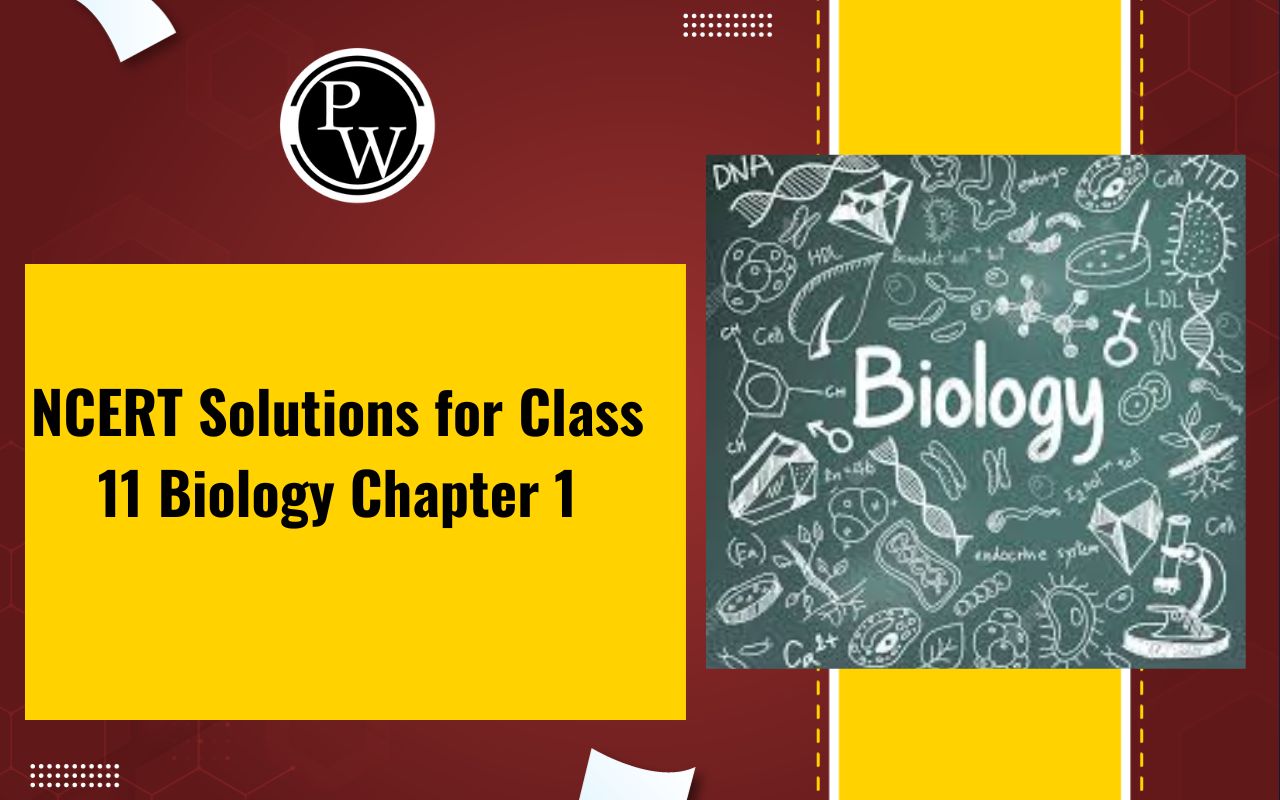
Important Questions for Class 11 Chemistry Chapter 3: Chapter 3 of Class 11 Chemistry, "Classification of Elements and Periodicity in Properties," introduces the periodic table's organization and how elements are grouped based on their atomic structure and properties. Key topics include Mendeleev’s periodic law, modern periodic law, and the arrangement of elements into periods and groups.
The chapter explores periodic trends such as atomic radius, ionization energy, electron affinity, and electronegativity. It also covers the classification of elements into s, p, d, and f-blocks. Students should focus on understanding periodicity, the trend in properties across periods and groups, and the significance of the periodic table in organizing elements efficiently.Important Questions for Class 11 Chemistry Chapter 3 Overview
Chapter 3 of Class 11 Chemistry, "Classification of Elements and Periodicity in Properties," is crucial for building a strong foundation in understanding the organization of the periodic table and the periodic trends in element properties. Important questions from this chapter help reinforce concepts such as Mendeleev’s and the modern periodic laws, trends in atomic radius, ionization energy, electron affinity, and electronegativity. These questions enhance the ability to identify patterns in element behavior across periods and groups, which is essential for understanding chemical reactivity and properties. Mastering this chapter is key to solving higher-level chemistry problems and understanding advanced topics in subsequent classes.Important Questions for Class 11 Chemistry Chapter 3 PDF
Below, we have provided a comprehensive PDF covering important questions for Class 11 Chemistry, Chapter 3: Classification of Elements and Periodicity in Properties. This PDF includes key concepts, crucial questions, and detailed explanations to help students grasp the topic effectively. Whether you are preparing for exams or looking to strengthen your understanding of periodic trends, this resource will serve as an essential tool for your studies. Download the PDF now!Important Questions for Class 11 Chemistry Chapter 3 PDF
Important Questions for Class 11 Chemistry Chapter 3 Classification of Elements and Periodicity in Properties
Below is the Important Questions for Class 11 Chemistry Chapter 3 - Question 1. Consider the following isoelectronic species, Na + , Mg 2+ , F – and O 2– . The correct order of increasing the length of their given radii is _________. (i) F– < O2- < Mg2+ < Na+ (ii) Mg2+ < Na+< F–< O2- (iii) O2-< F– < Na+< Mg2+ (iv) O2- < F– < Mg2+ < Na+ Answer 1: Option (ii) is the correct answer. Question 2. Which among the following is not an actinoid? (i) Curium (Z = 96) (ii) Californium (Z = 98) (iii) Uranium (Z = 92) (iv) Terbium (Z = 65) Answer 2: Option (iv) is the correct answer. Question 3. The order of screening effect of the electrons of s, p, d and f orbitals for the given shell of an atom on their outer shell electrons will: (i) s > p > d > f (ii) f > p > s > d (iii) p < d < s > f (iv) f > d > p > s Answer 3: Option (i) is the correct answer. Question 4. The first ionisation enthalpies of the Na, Mg, Al and Si are in the order as follows: (i) Na < Mg > Al < Si (ii) Na > Mg > Al > Si (iii) Na < Mg < Al < Si (iv) Na > Mg > Al < Si Answer 4: Option (i) is the correct answer. Question 5. The electronic configuration of the given gadolinium (Atomic number 64) is (i) [Xe] 4f3 5d5 6s2 (ii) [Xe] 4f7 5d2 6s1 (iii) [Xe] 4f7 5d1 6s2 (iv) [Xe] 4f8 5d6 6s2 Answer 5: Option (iii) is the correct answer. Question 6. The statement which is not correct for the following periodic classification of elements is: (i) The properties of elements are periodic functions of their given atomic numbers. (ii) The Non-metallic elements are less in number than the metallic elements. (iii) For the given transition elements, the 3d-orbitals fill with the electrons after the 3p-orbitals and before the 4s-orbitals. (iv) The first ionisation enthalpies of the given elements generally increase with an increase in the atomic number as we go along the period. Answer 6: Option (iii) is the correct answer. Question 7. Explain why the electron gain enthalpy of the elemental fluorine is less negative than the elemental chlorine. Answer7: Fluorine has a smaller size as compared to chlorine. As a result, the attraction outside the shell to gain the electrons is less. Moreover, they possess inter-electronic repulsions in the 2p orbitals, resulting in less negative electron gain enthalpy. Question 8. All the transition elements are d-block elements, but all the d-block elements are not the transition elements. Explain. Answer 8: The elements having their outermost shell filled with the d electrons are called the d block elements. All the d blocks are not the transition elements as it is important to have an incompletely filled d orbital of the given element like calcium and zinc etc. Question 9. Among the given elements B, Al, C and Si, (i) which of the following elements has the highest first ionisation enthalpy? (ii) which element contains the most metallic character? Explain your answer in each case. Answer: (i) Carbon possesses the highest ionisation enthalpy. It increases from left to right along the period and also decreases as we go down the group. (ii) Aluminium possesses the most metallic character. On moving down, the metallic character increases and decreases across the period from left to right. Question 10. Illustrate by taking examples of the following transition and non-transition elements for which the oxidation states of the given elements are mostly based on the electronic configuration. Answer: Ti possesses an atomic number of 22 and electronic configuration [Ar]3d24s2 and has three oxidation states at +2,+3 and +4 in the various compounds like TiO29(+4), Ti2O3(+3) and TiO(+2). The non-transition elements like the p-block elements have variable oxidation states like the phosphorus. It has -3,+3 and +5.Benefits of Important Questions for Class 11 Chemistry Chapter 3
The "Important Questions for Class 11 Chemistry Chapter 3: Classification of Elements and Periodicity in Properties" provide several benefits for students preparing for exams. Here are some key advantages:Concept Reinforcement : These important questions help reinforce core concepts related to the classification of elements (periodic table, groups, periods) and periodicity in properties (atomic size, ionization energy, electronegativity, etc.). They offer a comprehensive review of the key topics, ensuring better understanding and retention.
Focused Preparation : By focusing on the most likely and frequently asked questions, students can prioritize their study efforts on the topics that matter most. This helps streamline preparation and increase efficiency.
Improved Problem-Solving Skills : Practice with these questions allows students to develop better problem-solving skills, especially in understanding periodic trends and the relationships between different properties of elements.
Better Time Management : With a set of important questions, students can practice managing their time effectively during exams. These questions are designed to reflect the types and formats of questions typically asked in board exams, allowing students to hone their exam strategy.
Enhanced Exam Performance : Regular practice with important questions helps reduce exam-related anxiety by building confidence. Students become familiar with the types of questions that may appear in the exam, increasing their chances of performing well.
Important Questions for Class 11 Chemistry Chapter 3 FAQs
What is the periodic classification based on?
Why do we need periodic classification?
What is the cause of periodicity?
Is periodic classification organic or inorganic?










